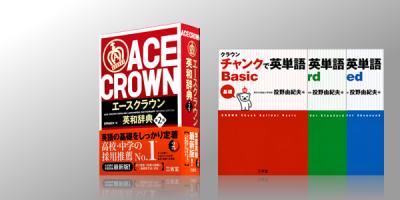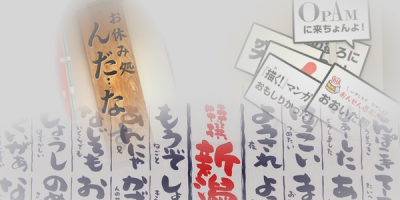
“Men” and “women” do not differ only in the sentences they use (part 66). Here we will look at clausal phrases. Again, the “man” character in Japanese is easily associated with the auxiliary verb da. This was true in the case of sentences too, as in the example I gave of “Ame da” (It’s raining) in which ame is paired with the auxiliary verb. This becomes even clearer in clausal phrases. For example, in “Bengoshi ga, zaisan o…” (The lawyer [did something about] the assets…), the speaker does not sound specifically “masculine” or “feminine.” However, if the auxiliary verb da is added “Bengoshi ga da, zaisan o da…” (1) the speaker becomes a “man.”
In the above example, the clausal phrase “bengoshi ga da” terminates in the auxiliary verb da, but cases in which an interjectory particle follows da are roughly equivalent. On the other hand, in “bengoshi ga da sa,” the interjectory particle sa, oddly enough, does not co-locate with da, so I can’t really say anything regarding sa here. We cannot ignore the differences between individual interjectory particles, so below we’ll look at the main interjectory particles, excluding sa (ne, na, and yo).
First up is the ne interjectory particle. While it is not unusual for men to say “Bengoshi ga ne, zaisan o ne…” this style of speech is not “masculine.” However, if the auxiliary verb da is inserted— “Bengoshi ga da ne, zaisan o da ne…”— the speaker is a “man.”
Next let’s look at na. While the phrase “bengoshi ga na” is much more “masculine” than “bengoshi ga ne,” it is masculine in tone only. For example, an elderly mother could tell her children, slowly and carefully, “bengoshi ga na…” without sounding the least bit unnatural. If the auxiliary verb da is inserted —“Bengoshi ga da na, zaisan o da na…”—the speaker can no longer be anything but “male.”
With yo intonation is crucial. Regardless of whether or not an interjectory particle is used, there are at least two intonations for clausal phrases. One is an abruptly rising intonation at the end of the phrase. The other is the returned rising final intonation (see part 14 of this series), in which the intonation rises sharply towards the end of the clausal phrase, then drops. In the case of the interjectory particle yo, the difference between these two intonations separates the “men” from the “women.”
For example, pronouncing “Bengoshi ga yo, zaisan o yo…” with an abrupt rise in intonation at the end of each clausal phrase seperately—“bengoshi ga yo,” and “zaisan o yo”—is a “feminine” style of speech. In “bengoshi ga yo-o, zaisan o yo-o…,” as you might imagine from the way the phrase is written out, when the speaker’s intonation rises at the end of the clausal phrase (at the yo), then drops (at the -o), the speaker is “male.” If the auxiliary verb da is added, the possibility of the speaker being a “woman” disappears. Only a “man” would say “Bengoshi ga da yo, zaisan o da yo…” This is true even if just an abruptly rising intonation is used at the end of the clausal phrase.
So, we have looked at the major interjectory particles, excluding sa —ne, na, and yo— and seen that while there are differences between them, in all cases the auxiliary verb da is linked to “male” speakers.
Are you bothered by the focus on “major interjectory particles?” You think there are “not-so-major” interjectory particles too?
Ha ha! I’m no match for you, esteemed reader! But this page is almost out of space. I’ll talk more about it next time.
* * *








(1) Here and below, the fragment “Bengoshi ga, zaisan o…” is re-punctuated with various combinations of particles and the auxiliary verb da. These do change the tone of the fragment, but not its basic meaning.